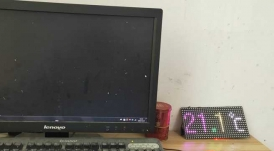
If you have a 3264 full-color (probably P6) dot matrix screen that can be divided into four small blocks of 16X32 each, with each block being 9.5CM high and 19CM long, you can try DIY-ing a desktop clock.
The hardware difference here is that it's typically a 16-scan setup, while this one is an eight-scan setup (think of it as two screens, top and bottom, each 8X32). The display is quite straightforward, showing the time and temperature.
Here are some ideas and features:
Learn about an independent baud rate generator to free up timer 1 for infrared remote control use.
Utilize a human body induction module to adjust brightness – highest when someone is present, lowest when nobody is around (default is off).
Make use of the microcontroller's built-in EEPROM function, learning how to correctly write and read data.
Use PC-side supervisory software to synchronize the clock through the serial port.
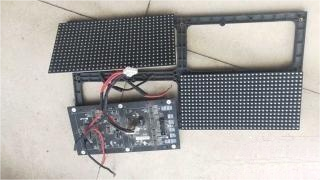
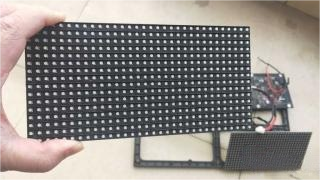
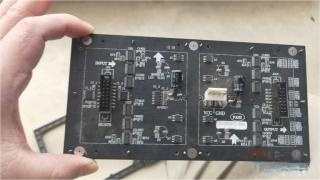
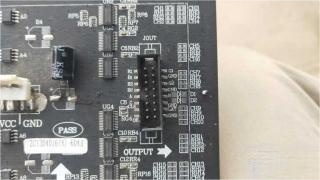

Features include:
Time display:
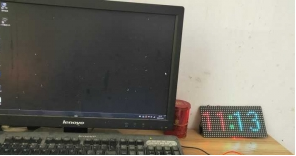
Temperature display:
